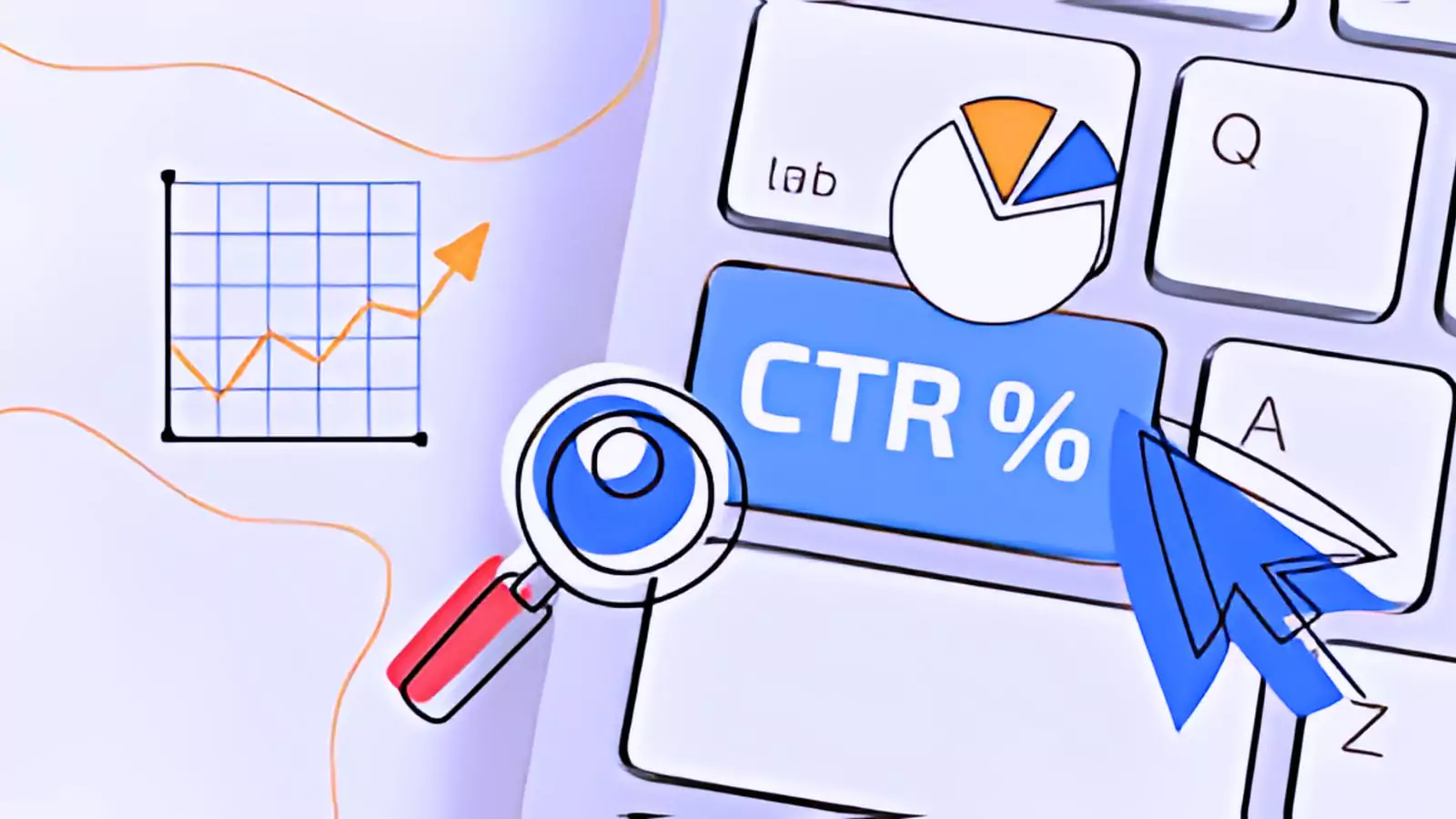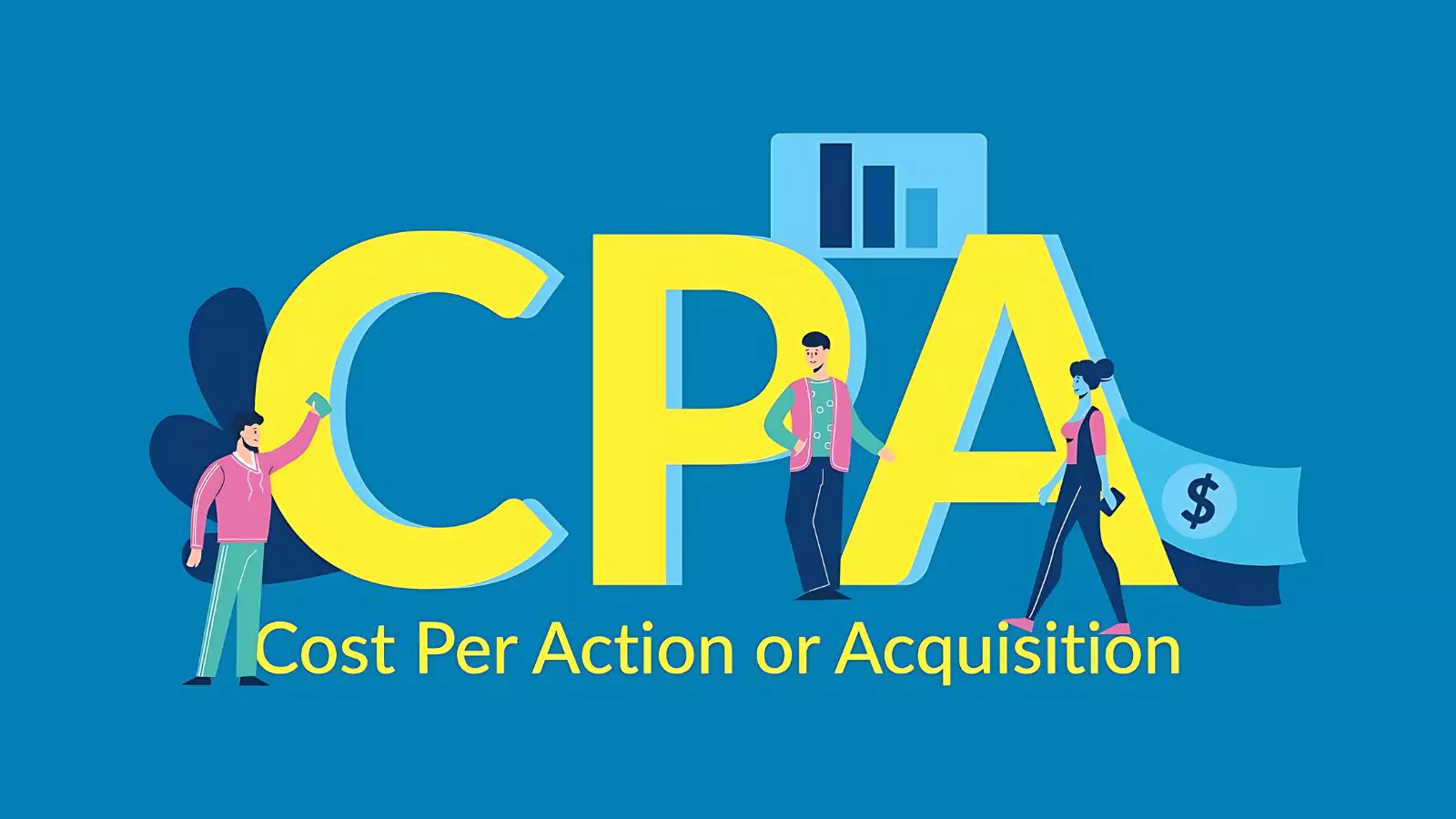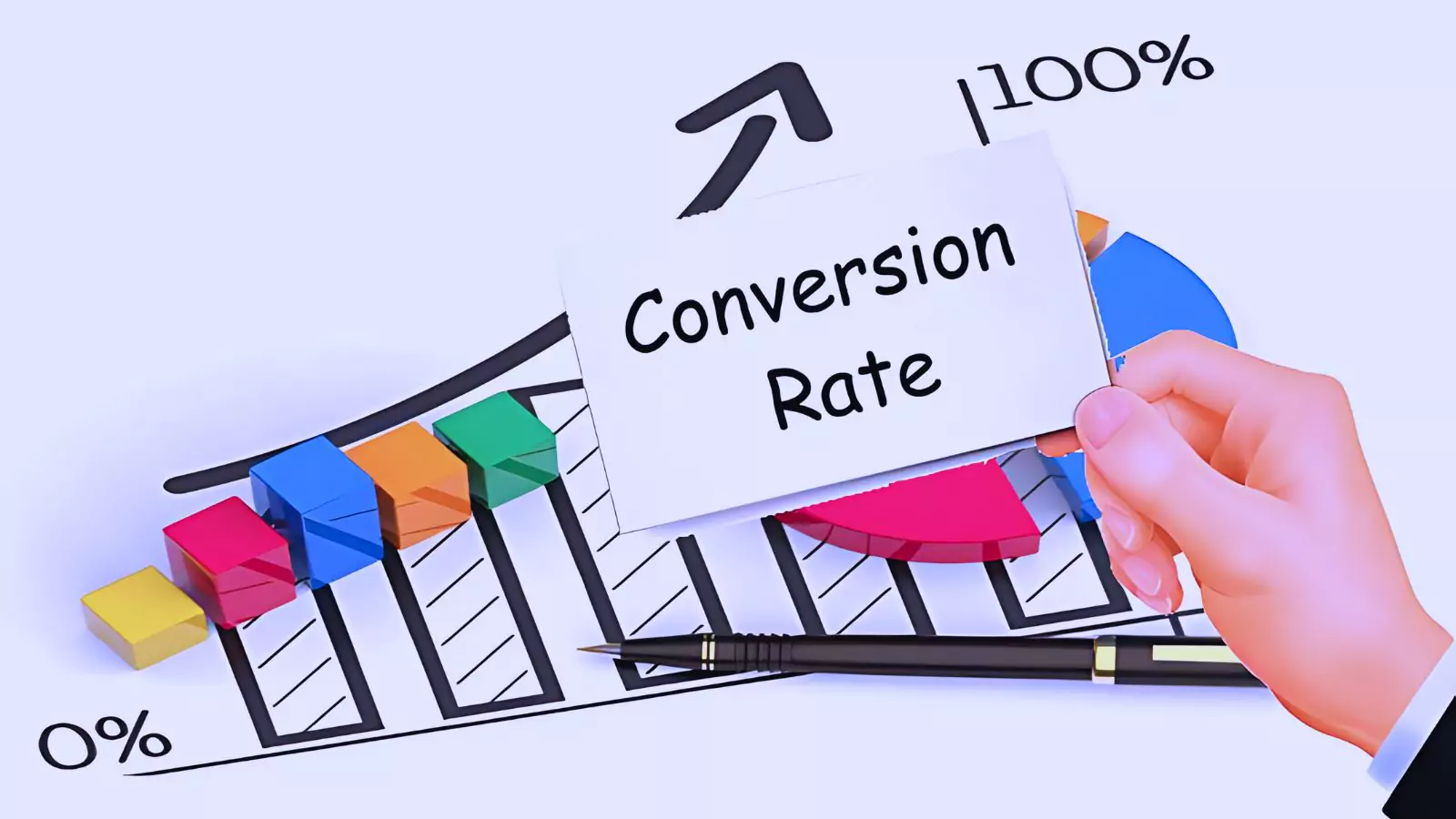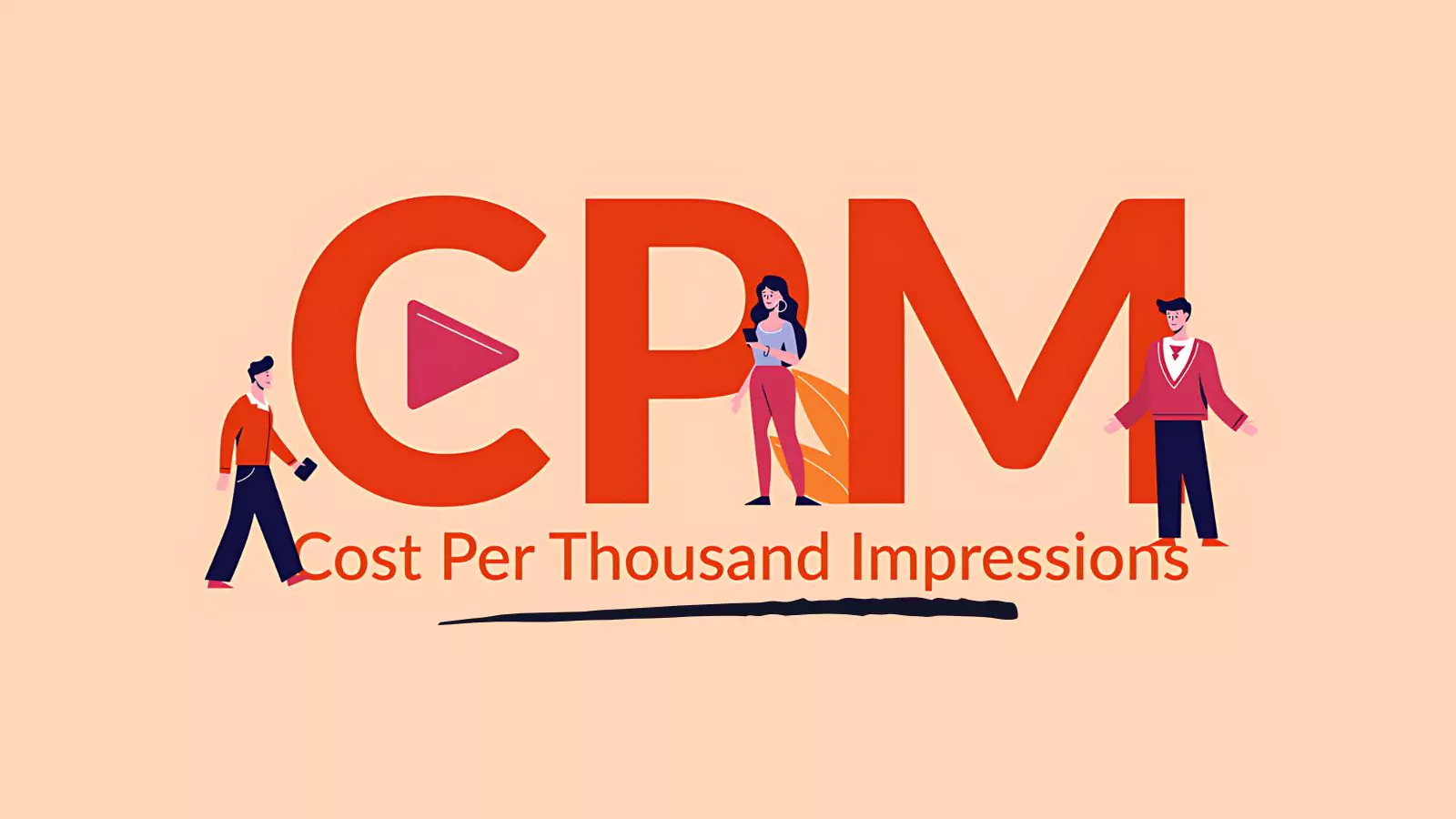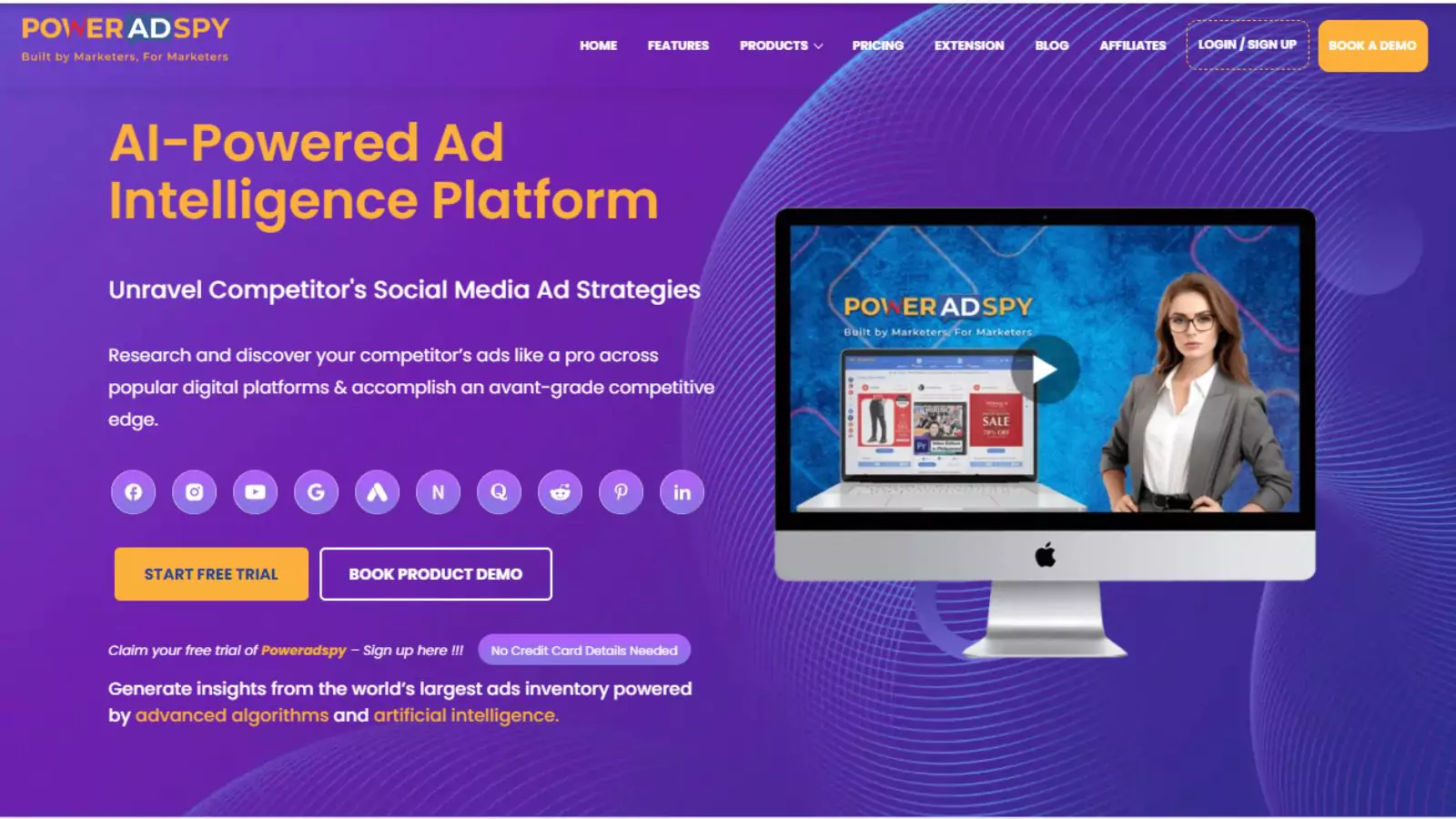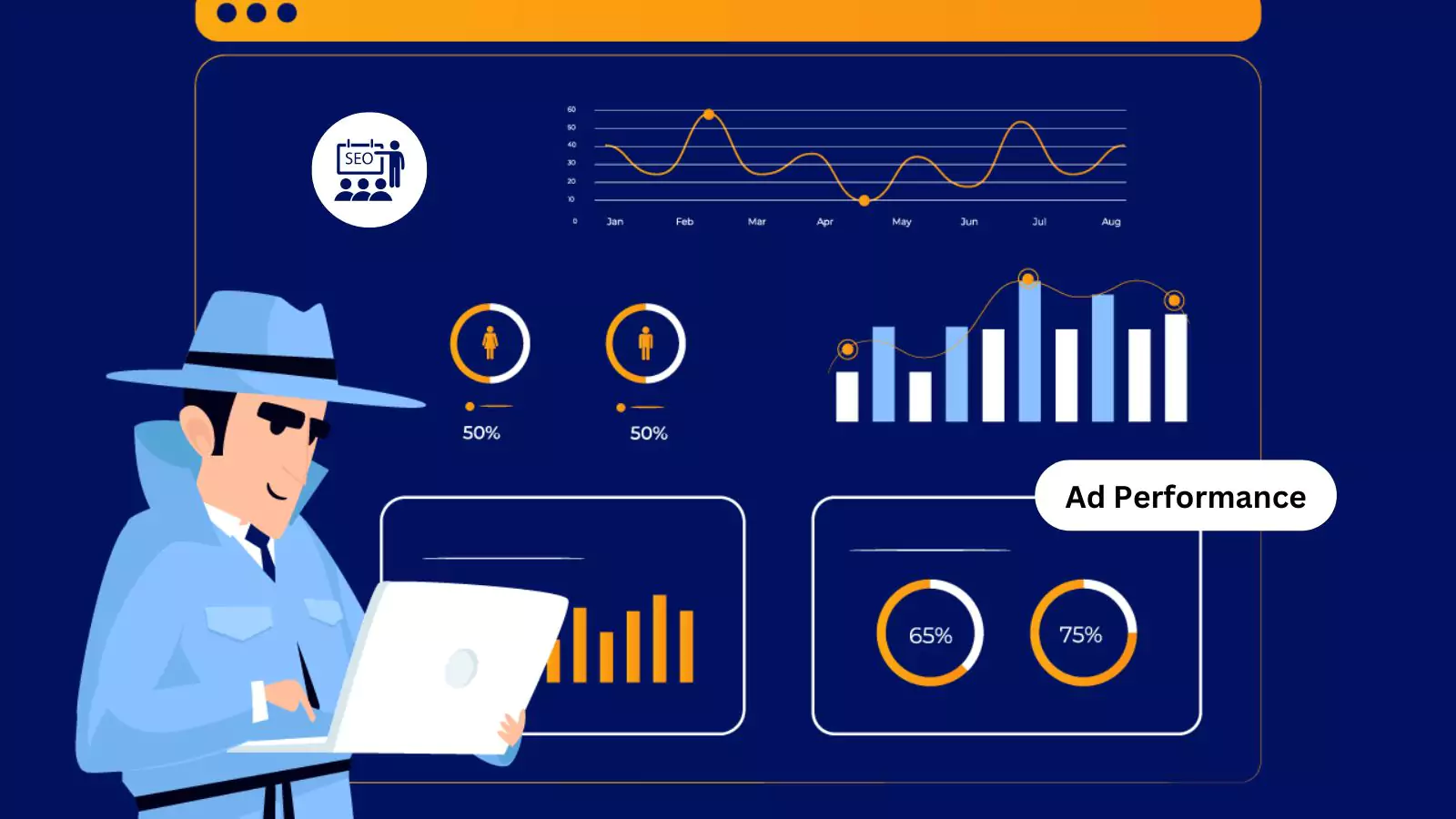What Is Ad Performance And How To Measure It?
Advertising plays a pivotal role in a business’s marketing strategy. Once you’ve invested in ads, assessing their effectiveness is vital. By measuring your ad performance, you can identify what’s succeeding and what areas need improvement.
Analyzing ad performance provides valuable insights into customer behavior, helps optimize budget allocation, and ultimately enhances return on investment (ROI).
In this blog, we’ll delve into the key metrics and tools you can use to evaluate and boost your ad performance, ensuring your marketing efforts are as impactful as possible.
In a hurry? Listen to the blog instead!
What Is Ad Performance?
Ad performance refers to measuring and evaluating how effectively an advertisement achieves its objectives and resonates with its target audience. It involves analyzing ads’ impact on generating engagement, increasing brand visibility, or influencing consumer behavior. This assessment helps advertisers understand which ads are most effective in capturing attention, conveying messages, and prompting desired actions from viewers.
By evaluating ad performance, advertisers can refine their strategies, optimize ad placements, and improve creative elements to enhance overall campaign effectiveness and achieve better outcomes.
Why Is Ad Performance Important?
Ad performance is crucial because it enables advertisers to gauge the effectiveness of their campaigns and make informed, data-driven decisions to optimize their ad spending. By tracking advertising performance metrics, advertisers can identify areas that require enhancement and adjust their campaigns accordingly. It can result in greater engagement, higher conversion rates, and improved ROI.
Ensuring optimal ad results is crucial for marketers. Ads must engage and captivate their audience, maximizing revenue potential. Ad intelligence tools like PowerAdSpy can significantly assist in this process. By offering insights into competitor ad strategies and trends- PowerAdSpy empowers marketers to refine their ad placements for better engagement and relevance. It ensures that ads reach their target audience effectively and drive revenue through strategically informed placements.
What Are The Metrics To Measure Ad Performance?
There are numerous metrics available to measure ad performance. Some of these metrics include:
- Click-through rate (CTR)
- Cost-per-acquisition (CPA)
- Conversion rate
- Cost per thousand impressions (CPM)
- Cost-per-click (CPC)
These metrics offer valuable insights into various facets of ad performance, spanning engagement, conversion efficacy, cost-effectiveness, and audience reach.
1. Click-through Rate (CTR)
The click-through rate (CTR) is a crucial metric for evaluating advertising performance. It represents the number of clicks advertisers receive on their ads per number of impressions.
Typically, a good click-through rate falls between 5 to 20%. Monitoring and analyzing your CTR provides insights into how well your ad resonates with your target audience.
Conversely, a low CTR may indicate that your- ad is not effectively reaching the right audience.
There are several strategies to improve CTR, such as including clear and direct calls to action (CTAs). These encourage your audience to take the desired action, boosting your CTR.
By measuring your click-through rate, you gain valuable insights into your target audience’s preferences and behaviors, helping you refine your ad strategies- to better connect and engage with customers.
2. Cost-Per-Acquisition
Another valuable metric for measuring ad performance is Cost-Per-Acquisition (CPA).
CPA measures the total cost of acquiring a single paying customer. Ideally, your CPA should be approximately three times lower than the Customer Lifetime Value (CLTV).
To calculate CPA, divide the total marketing cost by the number of new customers acquired. For example, if you spent £1000 and gained 100 customers, your CPA would be £10.
The primary factors influencing CPA include your conversion rate and cost-per-click.
By consistently measuring and monitoring your CPA, you can assess the effectiveness of your advertising strategies, measure the cost-efficiency of your ads, and identify areas for improvement in future campaigns.
3. Conversion Rate
The conversion rate shows the percentage of website visitors who complete a desired goal (a conversion) out of the total number of visitors.
Simply driving high traffic volumes isn’t sufficient if a significant portion of that traffic fails to convert. For instance, considering that ‘80.68% of retail shoppers abandon purchases after adding items to their cart’ underscores the importance of businesses finding effective ways to drive conversions.
Utilizing tools like Google Analytics to analyze and track your conversion rate can refine your marketing strategies, enabling you to effectively turn website traffic into paying customers.
These insights help identify areas where your ads may be falling short in delivering results, allowing for targeted improvements in your advertising approach.
4. Cost Per Thousand (CPM)
CPM, also known as cost per mille, refers to the price of 1,000 advertisement impressions on a single web page. It is calculated based on impressions, which represent- the number of views or engagements with a specific ad, and is widely used as a pricing method in advertising.
For example, if an advertising platform charges £10 CPM, you would pay £10 for every 1000 impressions your ad receives.
Understanding CPM is crucial because it dictates the cost per 1000 impressions- you need to budget for. Additionally, CPM rates can vary depending on the media channel you are advertising on; for instance, Facebook’s CPM rates tend to be higher than those on Instagram.
By monitoring CPM, advertisers can evaluate the efficiency of different media channels they utilize for advertising, enabling them to optimize their ad spend effectively and maximize their return on investment.
5. Cost-Per-Click (CPC)
CPC determines the cost advertisers pay for each click their ads receive.
Advertising platforms generally establish a minimum bid, which is the lowest amount you must pay when someone clicks on your ad triggered by a specific keyword you’ve bid on.
Advertisers compete by bidding on keywords they believe will attract customers to their ad.
By understanding and utilizing these metrics, you can effectively measure and optimize your performance-based advertising to achieve better engagement, higher conversions, and improved cost-efficiency in your advertising campaigns.
Overcoming Obstacles In Ad Performance
In digital advertising, overcoming challenges is crucial for achieving better ad results. Addressing the obstacles strategically can significantly enhance the ad performance and impact of your advertising campaigns.
Issue 1: Limited Reach Performance marketing ads often overlook potential customers who haven’t yet expressed interest in the product or service, focusing only on existing demand.
Solution: Implement programmatic advertising to engage with broader top-funnel audiences based on their digital profiles and interests.
Implementing programmatic advertising allows you to reach broader top-funnel audiences by targeting their digital profiles and interests programmatically. By leveraging tools like PowerAdSpy, which provides insights into ad performance and audience interests, you can optimize your campaigns effectively. PowerAdSpy helps you identify successful ad strategies used by competitors and understand audience behaviors, enabling you to refine your targeting and creative strategies for better engagement and conversion rates.
Issue 2: Ad Fatigue Users may ignore ads after repeated exposures, reducing campaign effectiveness.
Solution: Utilize ad platforms that allow for frequency capping to limit impressions per user daily. Rotate creatives to maintain engagement across different user segments.
Issue 3: Low Conversion Rates Campaigns may struggle to convert if creatives don’t resonate with the audience’s journey.
Solution: Focus initially on broadening brand awareness through programmatic campaigns on a CPM basis. Allocate remaining resources strategically across media and decision-making channels to continuously attract new audiences and drive sales growth throughout the sales funnel stages.
PowerAdSpy: AI-powered Ad Intelligence Platform
PowerAdSpy excels in providing deep insights into ad performance across various digital platforms, making it a valuable tool for marketers seeking to enhance their advertising strategies.
Here are some key aspects of how PowerAdSpy enhances ad performance analysis:
- Comprehensive Ad Database: PowerAdSpy has a large database of ads from platforms such as Facebook, Instagram, Google Display Network, YouTube, and more. This extensive coverage allows marketers to access a wide range of ad creatives and strategies used by competitors and industry leaders.
- Competitor Analysis: Marketers can analyze competitor ads to understand their messaging, creative approaches, and targeting strategies. This insight helps in identifying competitive strengths and weaknesses, informing adjustments to improve campaign effectiveness.
- Ad Creative Insights: The platform offers detailed insights into successful ad creatives, including visuals, ad copy, and calls-to-action (CTAs). Marketers can explore high-performing ad elements to inspire their creative development and testing.
- Performance Metrics: PowerAdSpy provides performance metrics such as engagement rates, click-through rates (CTR), and conversion rates. These metrics enable marketers to gauge the effectiveness of ads in driving desired actions and optimize campaigns accordingly.
- Advanced Filters And Search: Users can apply filters based on keywords, ad types, demographics, and more to find specific ad examples relevant to their niche or target audience. This targeted search capability streamlines the process of discovering impactful ad strategies.
PowerAdSpy empowers marketers with the tools and insights needed to analyze ad performance comprehensively, optimize campaigns effectively, and stay ahead in the dynamic digital advertising landscape.
Strategies To Improve Ad Performance
A/B Testing:
- Headline: Test different headlines to see which attracts more clicks or engagement. Prioritize clarity, relevance, and appeal to your target audience.
- Images: Experiment with various visuals to determine which ones resonate best with your audience. Consider testing different formats, colors, and styles.
- Call-to-Action (CTA): Evaluate different CTAs to see which prompts more conversions. Test variations in wording, urgency, and placement within the ad.
Optimization Techniques:
- Bid Adjustments: Track your ads’ performance and adjust your bids as needed. Increase bids for high-performing ads to maximize visibility and decrease bids for underperforming ones to reduce costs.
- Ad Scheduling: Analyze when your target audience is most active and schedule your ads to appear during those peak times. Adjust scheduling based on time zones and seasonal trends.
- Keyword Targeting Refinements: Continuously refine your keyword targeting to reach a more relevant audience. Utilize tools such as Google Keyword Planner to pinpoint effective keywords with high performance, while also identifying negative keywords to exclude irrelevant traffic.
Retargeting Campaigns:
- Importance Of Retargeting: Recognize the value of retargeting in re-engaging users who have previously interacted with your website or ad but haven’t converted. It keeps your brand top-of-mind and promotes return visits.
- Strategies For Retargeting:
- Dynamic Retargeting: Show personalized ads based on the specific products or pages users previously viewed.
- Abandoned Cart Retargeting: Remind users of items left in their cart with targeted ads featuring those products.
- Engagement Retargeting: Target users who engaged with your ad but didn’t convert, encouraging them to take the next step.
By implementing these strategies, you can systematically enhance your ad performance, boost engagement, and effectively maximize your return on ad spend (ROAS). Adjust these strategies based on your specific goals and audience feedback to continuously optimize your digital advertising efforts.
Also Read,
What Is Performance Marketing- Why And How To Start Today?
Understand Your Ads Performance With New Version Of Reporting Tools
Conclusion
Achieving optimal ad performance requires a blend of insightful analytics, strategic targeting, and the right tools. Whether it’s enhancing click-through rates or refining audience segmentation, staying agile and informed ensures ads resonate effectively.
With tools like PowerAdSpy at your side, staying ahead of trends and optimizing campaigns becomes more manageable, ultimately driving sustained success in digital advertising.
Frequently Asked Questions
Q: What factors contribute to the effectiveness of an advertisement?
The success of an advertisement depends on consumers associating the brand with its creative elements. Additionally, effective ads communicate messages that viewers can easily remember, even in crucial moments (mental availability).
Q: How do I track ad performance effectively?
Follow these steps for optimal ad performance tracking:
- Identify Your Metrics: Define key performance indicators (KPIs).
- Choose Your Tools: Select suitable ad-tracking tools.
- Monitor and Analyze: Continuously assess campaign performance.
- Tweak and Optimize: Make adjustments based on insights.
- Pixel-Based and UTM Tracking: Utilize these methods for detailed tracking.
- View-Through Conversions: Measure post-view conversions.
- Understand Your Audience: Refine targeting with audience insights.
Q. What are some tips for improving ad performance?
Improve ad performance by refining your targeting to reach the right audience, testing different ad creatives and messages, optimizing your landing pages for conversions, monitoring ad frequency, and staying updated with platform algorithms and best practices.
Q. What is performance advertising?
Performance marketing is a blend of paid advertising and brand marketing where affiliates and marketing companies are compensated only when a specific action is achieved, such as generating a lead, making a sale, completing a booking, or securing a download.



